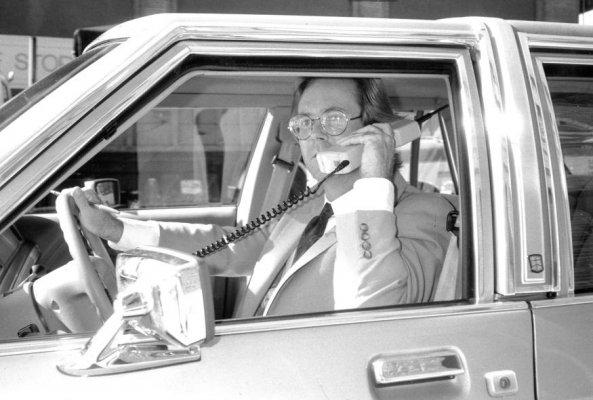
As with any new technology, there are the always-eager early adopters and those who often wait to see how society welcomes this new-fangled tech. But what about those left disenfranchised due to circumstances out of their control?
Some cultures face an ever-increasing challenge that prevents them from embracing technology at the same rate as the rest of us. But those of us seizing opportunities may actually be making it harder for those communities to adopt. Are we, as a society of tech consumers, differentiating between the haves and have nots?
We’ve waded through this scenario before where we see those who are able to adopt right away, and those who are left behind for one reason or another.
Most of the early adopters were those able to easily overcome the challenges of adopting, but for a large group of society, being able to adopt this new technology was too big of a burden.
When cell phones and smart phones first came out, they felt more like a luxury and a want. Over time (much in part thanks to early adopters), this technology started feeling more and more as a need instead of a want. Once the need for the technology started to become evident, those who didn’t have a cellphone or smartphone found themselves somewhat abandoned.

Could we end up seeing this same type of adoption strategy happen with wearable tech? Could we be seeing wearables go through the process of becoming a luxury and a want, to becoming an integral part of society? And are we, without intentionally doing so, dividing our society between their ability to adopt to tech and those unable to?
Wearables are still in its infancy, and very much changing rapidly as the general populous finds ways in which it can improve their lives. We’re still riding the first wave of early adoption, eagerly trying out technologies such as Google Glass, Apple Watch, and now Snap’s Spectacles. But we’re also seeing parts of society unable to participate for various reasons:
- They are not financially capable of adopt technology as quickly as others
- They don’t see a way for it to benefit their day-to-day life
- They do not possess the basic requirements needed to use it
Another big part is how companies and businesses operate. On the most basic level, businesses operate in knowing who their target market is and marketing goods and services to that target market. The tech sector – wearables in particular – are marketed towards certain demographics. And while this is common practice, it’s also limiting the adoption of this technology.
It’s common knowledge that early adopters often motivate the evolution of tech. As such, those above have a limited interaction with technology and become less of an influence in its advancement. This cycle makes it harder for some to justify the value of adopting.
Meaning that over time, as innovation becomes more ingrained in our daily life, there will be a schism between the haves and the have nots.
Get the TNW newsletter
Get the most important tech news in your inbox each week.
Black Mirror on Netflix – an anthology series that tackles our relationships with technology and how each bright moment today could potentially go awry tomorrow. With them, we’re exploring current and future tech trends; including the possible ramifications on personal relationships. This is the “bright side” of technology.




